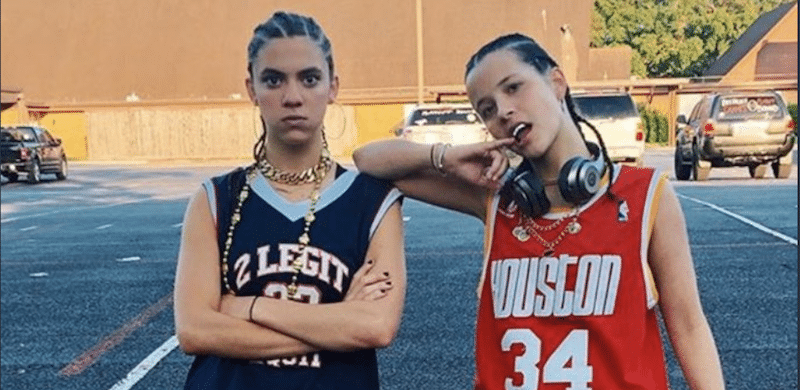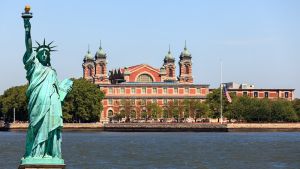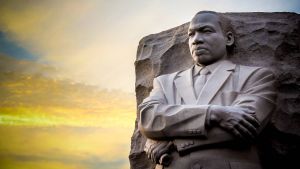As many as 30 students went to school on Tuesday at Memorial High School in Houston, Texas, and hijacked a traditional spirit week event turning it into “thug day.” The white students wore chains, jerseys, fake tattoos, and cornrows.
School administrators wouldn’t say whether the students faced disciplinary action, but they canceled the rest of spirit week activities after a photo of the students went viral on Twitter.
Memorial High School’s “thug” day for rising senior spirit week… yes this ACTUALLY happened TODAY at an actual high school but y’all keep saying “racism isnt a problem anymore”… right alright. pic.twitter.com/f3qHXR0B53
— Rach (@Rachellemmma) May 14, 2019
But this isn’t the first year school administrators have allowed students to wear racially-insensitive clothing perpetuating Black stereotypes. On the same Twitter profile page as the photo from 2019, the user shared photos of past years where students used “jersey day” to wear the same clothing that Black students can get kicked out of school for wearing.
According to the local press, this day has been going on since at least 2015. Back in 2015, the official term was “senior swag day,” which still perpetuated stereotypes.
It took a photo going viral on Twitter for the majority-white school to care about the racist tones of the students’ “dress up” day.
Black kids have also been forced to leave school for the day, threatened with suspension, barred from taking exams and forced to take out their braids and hair extensions, but when white people do it, it’s acceptable.
Unfortunately, turning harmful stereotypes into a “joke” doesn’t stop at Black people.
“We also used to have ‘Senioritas’ which was a Mexican theme day in which many girls would wear Mexican dresses and boys would wear ponchos, sombreros and fake mustaches,” a former student told KHOU.
“During the theme day, students would ‘act Mexican’ and ask other students if they needed their lawns mowed. One female student who I will not name went so far as to dress as a border patrol officer at school.”
At Memorial High School, 60 percent of the student body is white, 20 percent are Hispanic and only two percent are Black. Approximately 9 percent are considered economically disadvantaged.


















